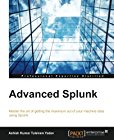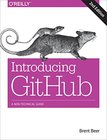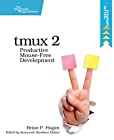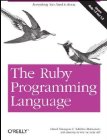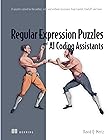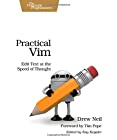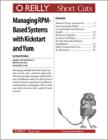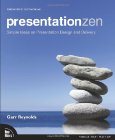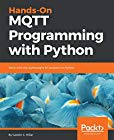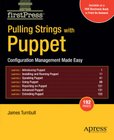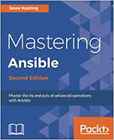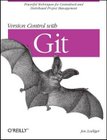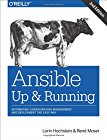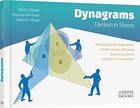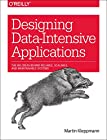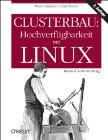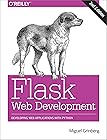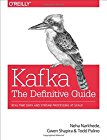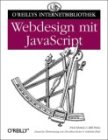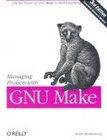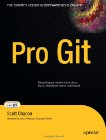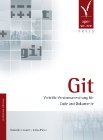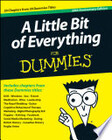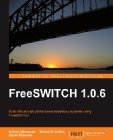
Once, when I picked up a book from the local library, the librarian asked to tell her what I thought about the book when I would bring it back. Well, why not write a few lines about all the books I read so everybody could see what I thought about it? I'm often also happy to have friends recommend a certain book or tell me this and that is not really worth reading. I won't comment about the tons of books I have read so far, but about books I read from now on.
| highly recommended | sehr empfohlen | |
| good reading | gutes lesematerial | |
| average | durchschnittlich | |
| not too interesting | nicht allzu interessant | |
| recommended not to read it | empfehlung das buch nicht zu lesen |














 |
|
|---|---|
| title | FreeSWITCH 1.0.6 |
| author | Antony Minessale, Michael S. Collins, Darren Schreiber |
| ISBN-10 | 1-847-19996-8 |
| ISBN-13 | 978-1-847-19996-6 |
| ASIN | |
| rating | |
| date | 2011-Mar-09 |
While a wiki is a really good means of keeping documentation up to date, especially in a project which is constantly moving forward at a good pace, documentation in a wiki usually is rather troublesome for the newcomer who first has to learn the ropes. For a first overview and as an introduction to a new topic, books are a much better choice and they definitely are much easier to read. So after struggling for some time to get a hold on the topic through what was available on the wiki, I was really looking forward to this first book on FreeSWITCH.
Indeed, the book did fill in some gaps I had, especially it was helpful for understanding the overall structure of FreeSWITCH better. This is what the first chapter is about, the architecture, followed in the next chapter with a walkthrough of how to build and install the software on Linux, Mac OS X and Windows. In chapter three the user is guided through a few test calls to get acquainted with making calls and how things work very roughly. The chapter also includes details on how to configure some SIP phones. The remainder of the book goes deeper into configuration, dialplan, the IVR (Interactive Voice Response) engine as well as the event system architecture. The information is presented in mostly logical order and configuration samples are given throughout the book. In this respect, the book is absolutely fine.
However, in areas not directly related to the information it tries to give the reader, there are severe shortcomings. From the beginning to the end I couldn't get rid of the strong impression that this book either was produced without the hand of an editor or that instead of the final an earlier draft made it to the printer by mistake. Many of the samples contain wrong commands or settings, obvious even to a FreeSWITCH-almost-newbie like myself. A few mentioned commands or API calls make you wonder whether they are mentioned just as a reminder to add a more detailed explanation later. Also typographically the book has scope for improvement; the section, subsection and sub-subsection headings all seem to be the same font and size, making it sometimes hard to decide whether the next heading starts a new sub-topic or a new top-topic until you read half through it.
Maybe I'm spoiled from reading too many well produced technical books, but this definitely is not the kind of quality I expect from a publisher of several hundred tech-books.
To learn about the general architecture of FreeSWITCH and what might be possible or if you are new to SIP and VoIP and want to work with FreeSWITCH, then the book is worth an investment, despite its shortcomings. But if you know your way only halfway around SIP, have already been working with another SIP server such as Asterisk or figured out what you absolutely need to know from the wiki, then stick with the wiki.



